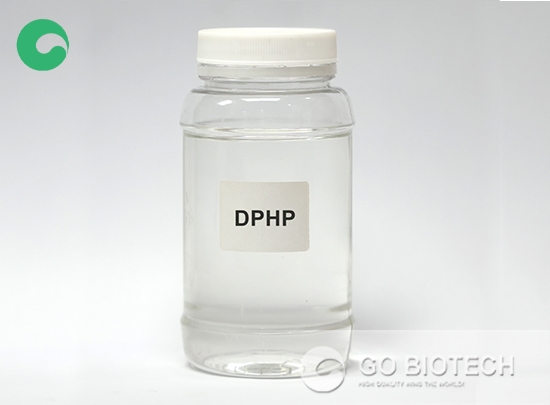As we navigate through the challenges of modern material science, DPHP, or Dipropylheptyl Phthalate, is carving out its niche in the plastic industry. I want to share my insights on this innovative eco-friendly plasticizer and its significant contributions to enhancing high-performance materials.
DPHP sets itself apart with its outstanding performance characteristics. Unlike traditional plasticizers, it not only improves the flexibility and durability of plastic products but also reduces environmental impact. According to recent studies, DPHP has shown to decrease the migration rates significantly, thus ensuring a longer lifecycle for plastic applications.
With global trends leaning towards sustainability, the adoption of DPHP in manufacturing processes presents a compelling opportunity for brands aiming to meet eco-conscious consumer demands. Transitioning to DPHP allows businesses to enhance product performance while meeting stringent regulatory requirements for environmental safety.

In conclusion, DPHP is not just a plasticizer; it stands as a symbol of innovation and responsibility within the plastic industry. Embracing DPHP can not only lead to manufacturing excellence but also pave the way for a sustainable future. The transition is clear—DPHP is ready to revolutionize how we perceive plastic.
